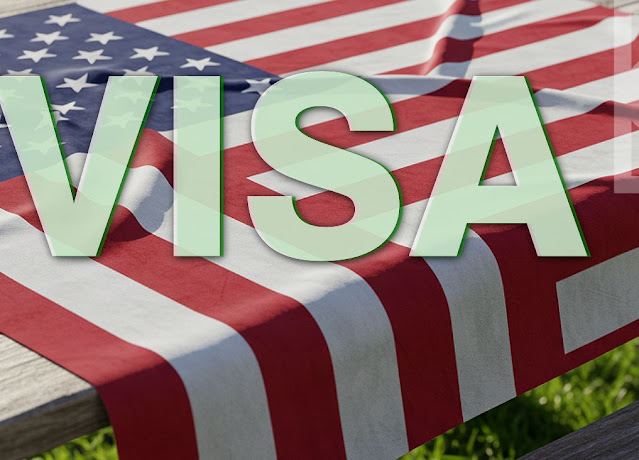I was chatting with my cousin in California last night—she’s a professor who flies in and out of San Francisco all the time. And she goes, “Seriously? They’re gonna charge $250 extra before I even get my visa?” And I thought… Yeah, looks like it.
Buried inside the new “One Big Beautiful Bill” (yes, really
that’s the name), there's this little gem: every new nonimmigrant visa—tourist,
student, business traveler, whatever—you name it—gets slapped with a visa
integrity fee. It’s set at $250, paid upfront at issuance.
What’s weirder is the promise that you can get it
back… as long as you play by the rules. Don’t overstay (more than five days),
don’t take unauthorized work—you can apply for a refund when your ticket out
expires.
How much is the visa integrity fee we talking?
Turns out, a lot. The Congressional Budget Office
projects something like $28.9 billion over the next ten years. And we're
talking about 120 million nonimmigrant visas in that span. FYI, in 2023
alone more than 10 million visas were issued—so if even half stick
around and don’t get refunded… there’s your cash inflow.
So yeah, potentially billions fall right into government
coffers once the distribution process gets sorted. Right now, the fee goes
straight into the general fund (a.k.a. “America’s Checkbook”), because they
haven’t built the refund machinery yet.
Who has to pay the Visa Integrity Fee?
Literally anyone getting a nonimmigrant visa—tourism,
study, short work stays. There’s no waiver or exception. That controversial H‑1B?
Yup, that’s $250 extra now too. Already paying $205? Now you’ll pay $455
total once the fee kicks in.
Also? The I‑94 arrival/departure fee just jumped from
$6 to $24. More paper, more fees— seems like every layer costs more now.
What’s the logic here?
According to the CBO and some analysts, it’s framed like a
refundable deposit meant to nudge folks into compliance.
Per Ana Garcia from CFRA: “choosing 1‑2% overstay
rates historically, most people are compliant… so this shouldn’t hurt
legitimate travelers much.” The idea is to incentivize good behavior without
outright punishing – or deterring – people from visiting.
Sure. Sounds like soft encouragement. But will it
actually discourage people? Probably not—unless you're going full budget
traveler.
But when does it start?
That’s the thing—we don’t know. The new charge is slotted
into FY2025, which ends on Sept 30, 2025, but no one’s published
a start date. Immigration lawyers are on standby.
The Department of State hasn’t outlined how refunds will be
claimed—just that they will happen (sometime). We’ve heard part of it
will roll out over several years. So travelers will have to hold onto
docs or risk losing out.
So… what should you do?
- If
you’re applying for a U.S. visa soon—budget for an extra $250,
plus higher I‑94 fees.
- Stick
to the rules—don’t overstay, don’t work illegally—and you’ll likely
get it back.
- Keep
an eye on official updates—especially from the State Department.
They’ll eventually share the process for refunds.
Final take (no fluff, promise)
This is definitely a fee tactic dressed up as compliance
incentive. Doesn’t seem aimed at stopping people from traveling—but whether
that refund part is smooth, two years from now? Hard to say.
My cousin’s take? She’ll still travel, but “mind the
rules”—because who wants to lose $250 for free?
Anyway, that’s what we know right now. Visa fees aren’t
glamorous, but they matter—especially when planning big trips or academic
plans.
Stay tuned—if they ever announce how the refund
platform works, we’ll let you know.
— Cities Weekly
